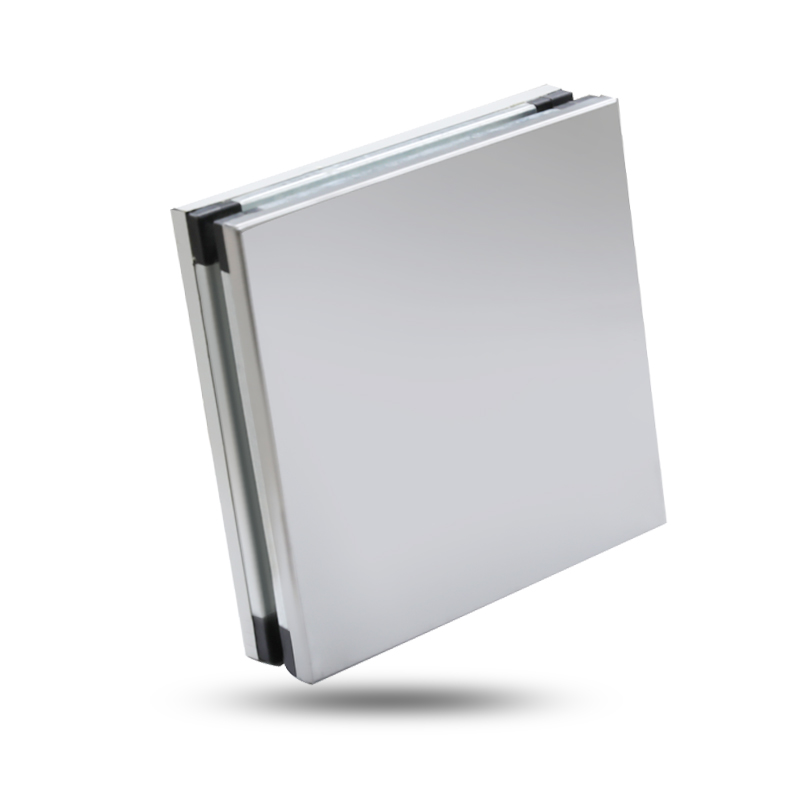

Clean room panels maintain cleanliness through a combin […]
Clean room panels maintain cleanliness through a combination of specialized materials, construction techniques, and sealing mechanisms that minimize the introduction and retention of airborne particles and contaminants. Here's how these elements contribute to the cleanliness of clean room panels:
Clean room panels are typically constructed using materials that have low particle generation characteristics and are easy to clean. Common materials include stainless steel, aluminum, fiberglass-reinforced plastic (FRP), high-pressure laminate (HPL), and non-porous composite materials. These materials are chosen for their smooth surfaces, durability, and resistance to corrosion and microbial growth.
Clean room panels are manufactured with smooth, non-porous surfaces that discourage particle adhesion and facilitate easy cleaning. The absence of crevices, seams, or rough textures reduces the likelihood of particle accumulation and makes it easier to wipe down surfaces during cleaning procedures.

Clean room panels are designed to fit together tightly, with minimal gaps or seams that could allow contaminants to penetrate the clean room environment. Sealing mechanisms such as gaskets, compression seals, or interlocking joints help create a barrier against external pollutants and maintain the integrity of the clean room enclosure.
Clean room panels are often prefabricated in modular units that can be easily assembled, disassembled, and reconfigured as needed. This modular construction facilitates rapid installation and minimizes on-site construction activities that could introduce contaminants into the clean room environment.
Special attention is given to sealing the edges and corners of clean room panels to prevent particle ingress at vulnerable points. Techniques such as welded seams, adhesive bonding, or mechanical fastening with sealing gaskets ensure a secure and airtight fit at critical junctions.
Some clean room panels incorporate built-in filtration systems, such as HEPA (High Efficiency Particulate Air) filters or ULPA (Ultra-Low Penetration Air) filters, to further reduce airborne particle concentrations within the clean room environment. These filters capture particles down to a specified size threshold, ensuring that the air circulating within the clean room remains clean and free of contaminants.
Proper maintenance and cleaning protocols are essential for preserving the cleanliness of clean room panels over time. Routine inspections, scheduled cleaning routines, and periodic integrity testing help identify and address any issues that may compromise the effectiveness of the clean room panels in maintaining cleanliness standards.
By employing these strategies, clean room panels effectively mitigate the ingress and propagation of contaminants, enabling the creation and maintenance of controlled environments with stringent cleanliness requirements.
Our new models offer superb design;competitive prices and their new features give them distinct advantages over similar products from other manufacturers.